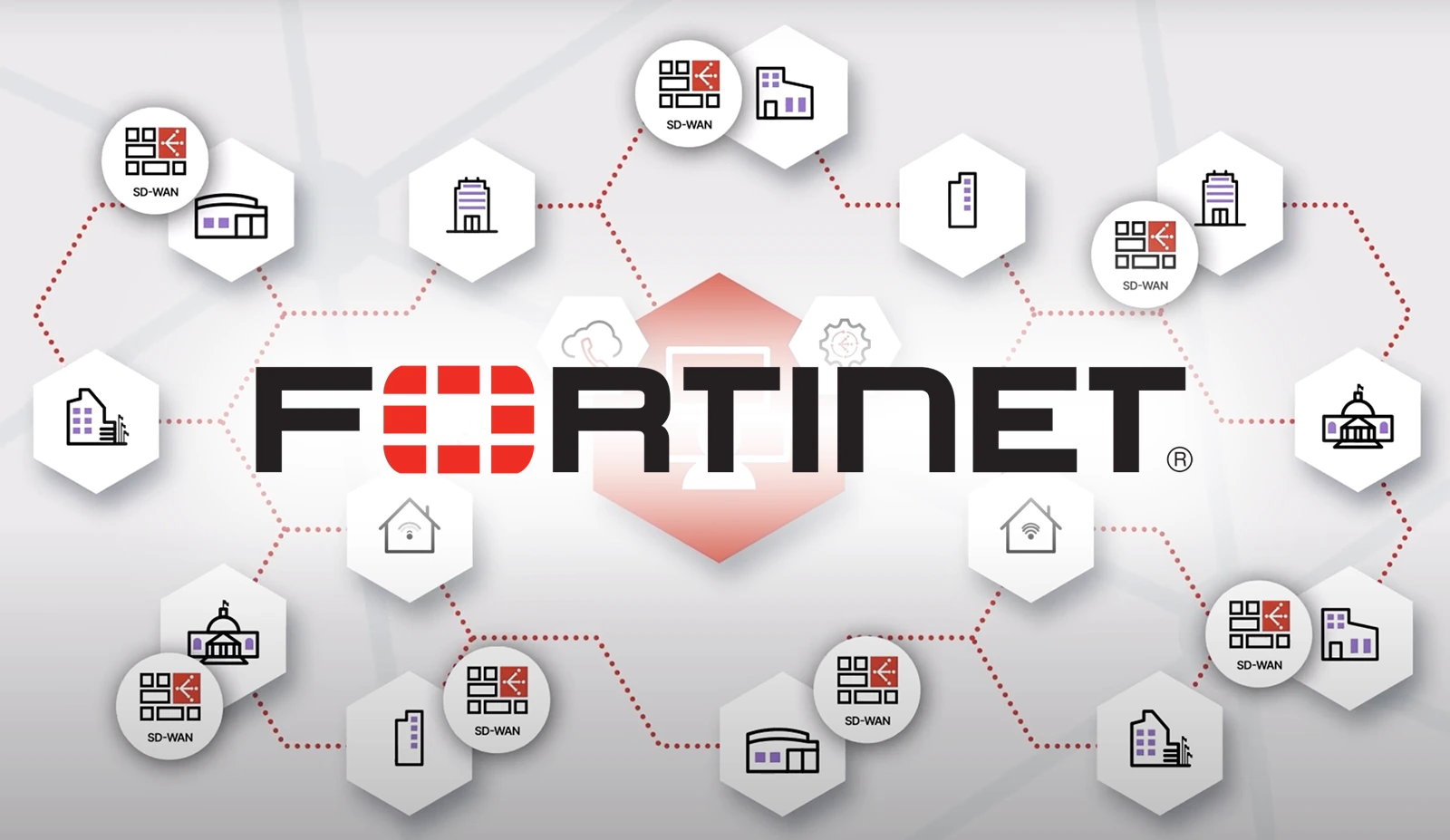Spike in Fortinet VPN brute-force attacks raises zero-day concerns
Threat Score:
66
7 articles
100.0% similarity
3 days ago
Article Timeline
7 articles
Click to navigate
Related Articles
7 articles
1
Score
Read more
56
100.0% similarity
2
Fortinet SSL VPNs Hit by Global Brute-Force Wave Before Attackers Shift to FortiManager
Score
Read more
55
97.0% similarity
3
Brute-force attacks hammer Fortinet devices worldwide
Score
Read more
54
100.0% similarity
4
New Brute-Force Campaign Hits Fortinet SSL VPN in Coordinated Attack
Score
Read more
53
100.0% similarity
5
Fortinet SSL VPN Targeted by Hackers from 780 Unique IP Addresses
Score
Read more
51
100.0% similarity
6
Fortinet SIEM issue coincides with spike in brute-force traffic against company’s SSL VPNs
Score
Read more
50
100.0% similarity
7
Hackers Attacking Fortinet SSL VPN Under Attack From 780 unique IPs
Score
Read more
45
97.0% similarity

